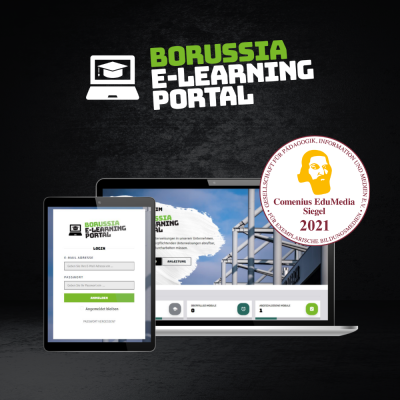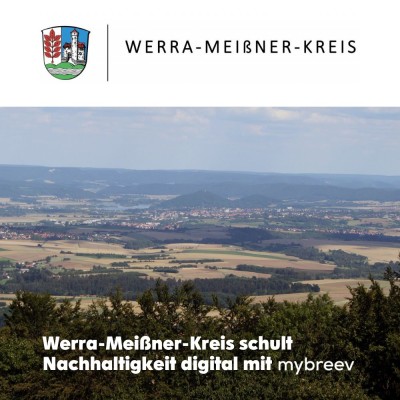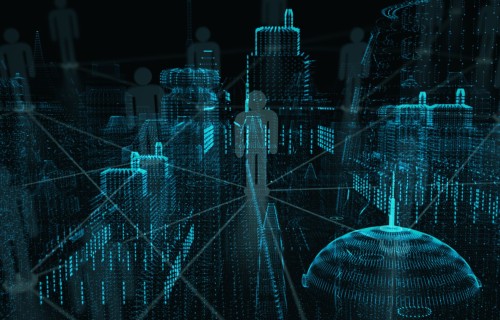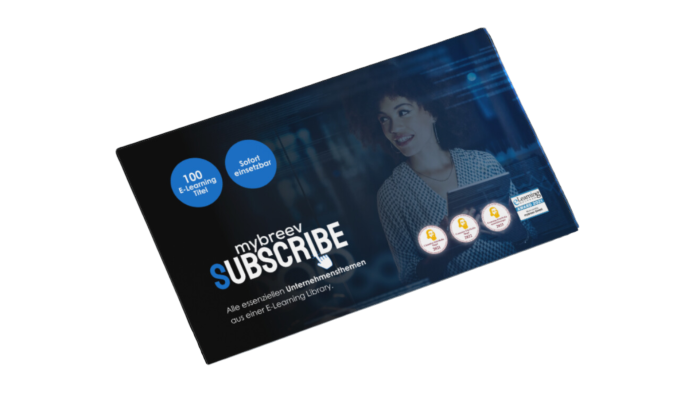Artificial intelligence: spectre or great opportunity?
Artificial intelligence (AI) has made tremendous strides in recent years and has become an integral part of our daily lives. But while some marvel at the seemingly endless possibilities of AI, others harbor fears about the potential threats it can bring. So which is true? Is AI "good" or "evil?" And how can digital training such as e-learning and online courses help create a safer digital world?
AI as a potential threat
AI undoubtedly poses risks and challenges. One of the biggest concerns is the potential misuse of AI systems for malicious purposes, whether in the form of cyberattacks, data manipulation, or mass surveillance. These fears are not unfounded, as sophisticated AI algorithms are capable of bypassing human error and acting autonomously. It is therefore important that we are aware of this and take measures to ensure the safety and security of our digital infrastructure.
Seizing the opportunities of AI
While security concerns exist around AI, we shouldn't neglect the many positive opportunities that AI offers. It can help solve complex problems in a variety of fields, including medicine, transportation, and the environment. For example, by using AI, diseases can be diagnosed earlier, traffic flows can be optimized, and energy can be used more efficiently. Training and digital learning opportunities can educate employees and train professionals to use this technology responsibly and make the most of AI opportunities.
Online training as a solution
To mitigate the potential threats of AI and make the most of its opportunities, creating awareness and knowledge-enhancing training is essential. Through training, people can learn how AI systems work, what potential vulnerabilities exist, and how to respond appropriately. Online courses offer a flexible and accessible way to learn about the topic, regardless of location or time. New to our Security Island E-Learning Library is the course "Artificial Intelligence". Available in English, the e-learning teaches employees the basic principles of machine learning, which maps to part of AI, and educates on how AI can be used to make everyday work easier.
While the AI landscape is continually changing with new tools, the latest state of development is not the purpose of this course. The course focuses on the following question: how do we use AI to do more good than harm? We need to create a harmonious relationship to foster creativity, optimize work processes, and improve quality of life. The responsibility is ours.































